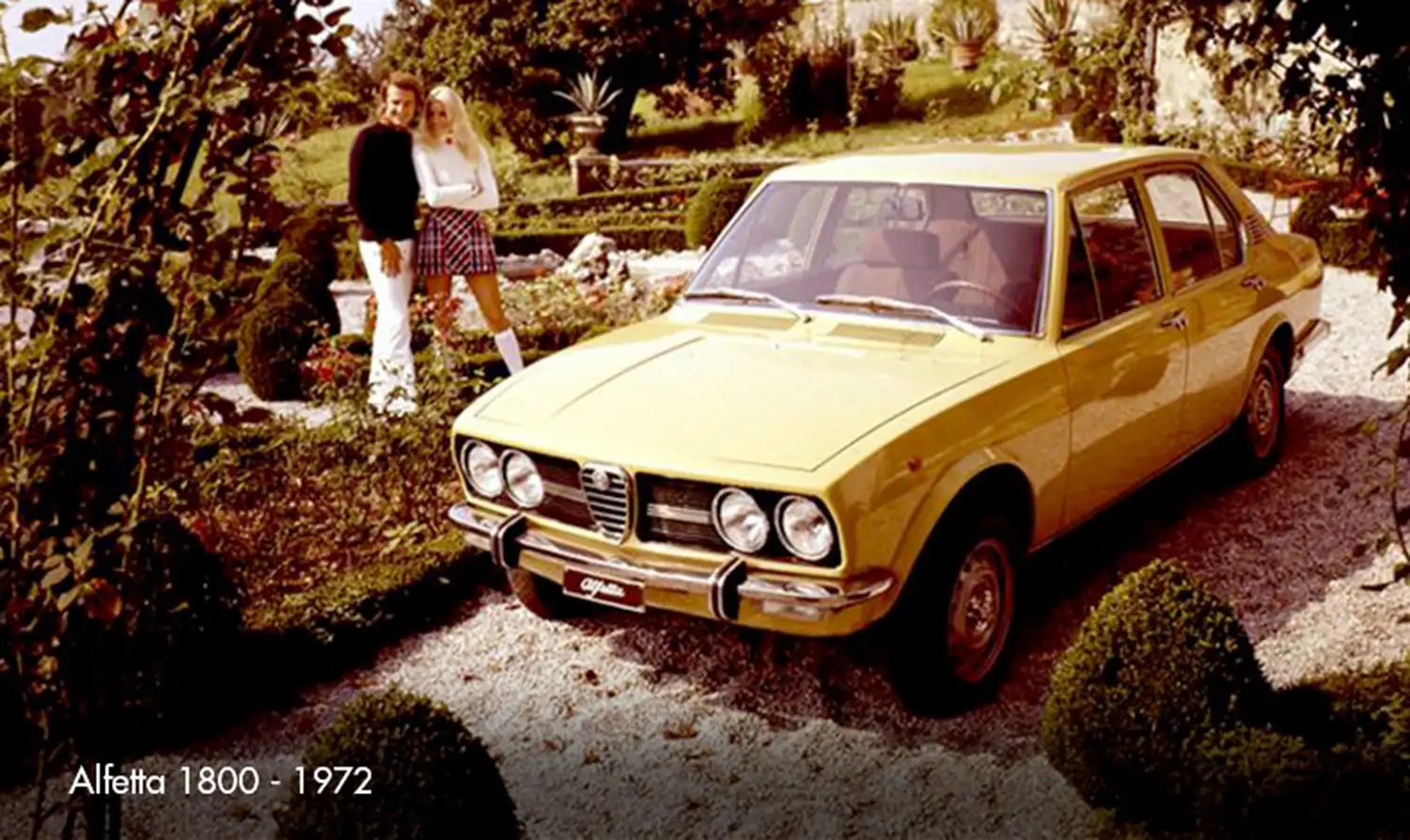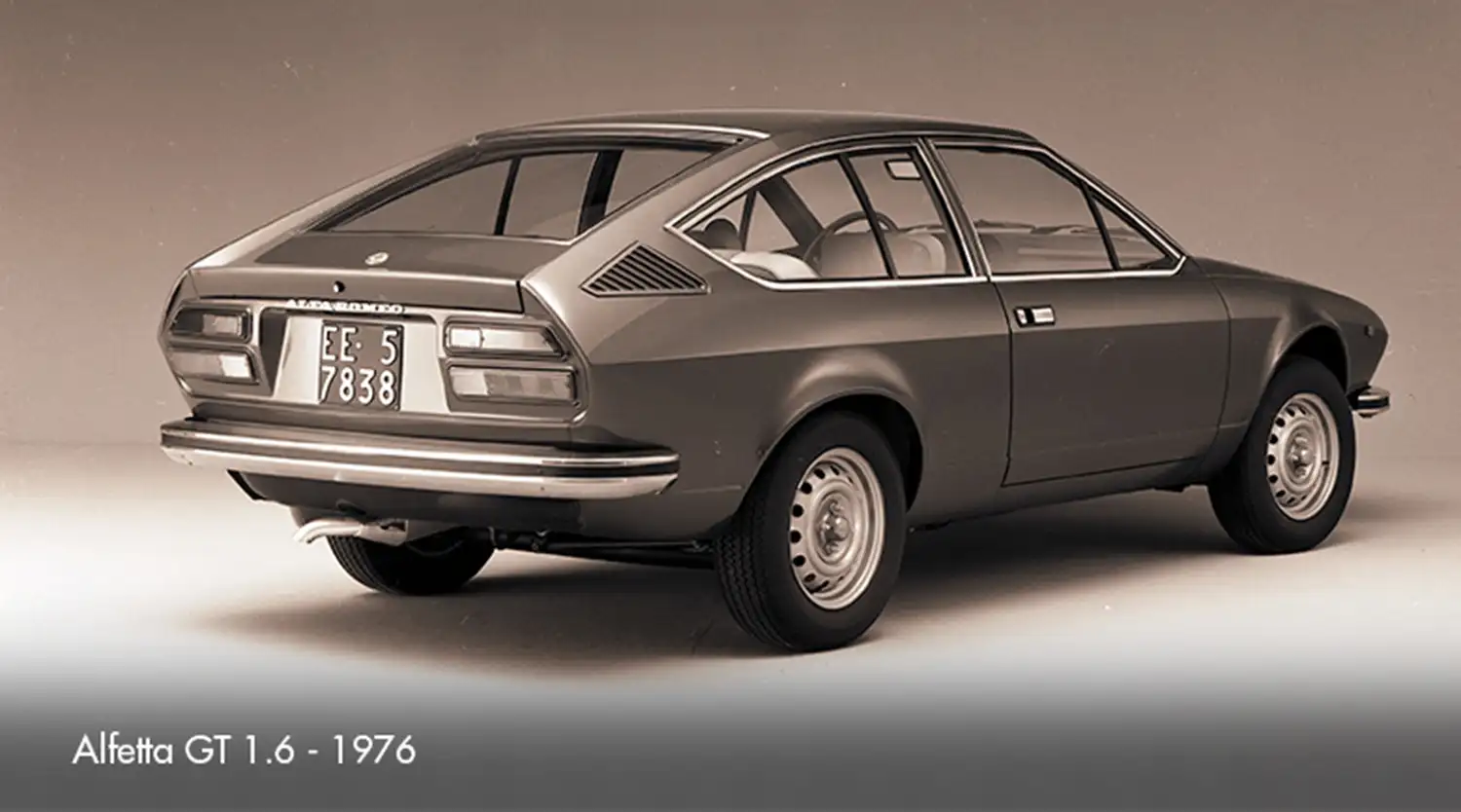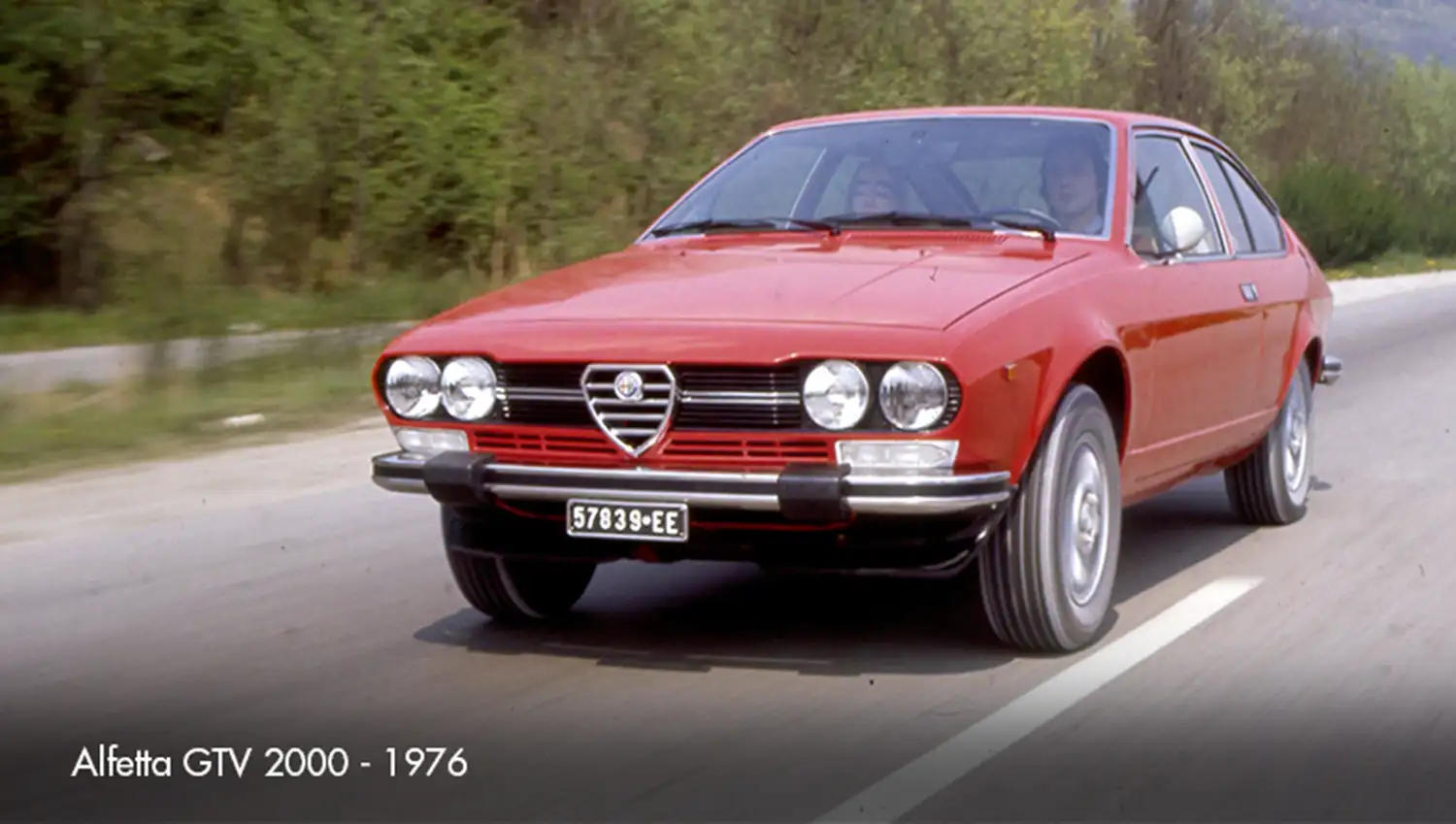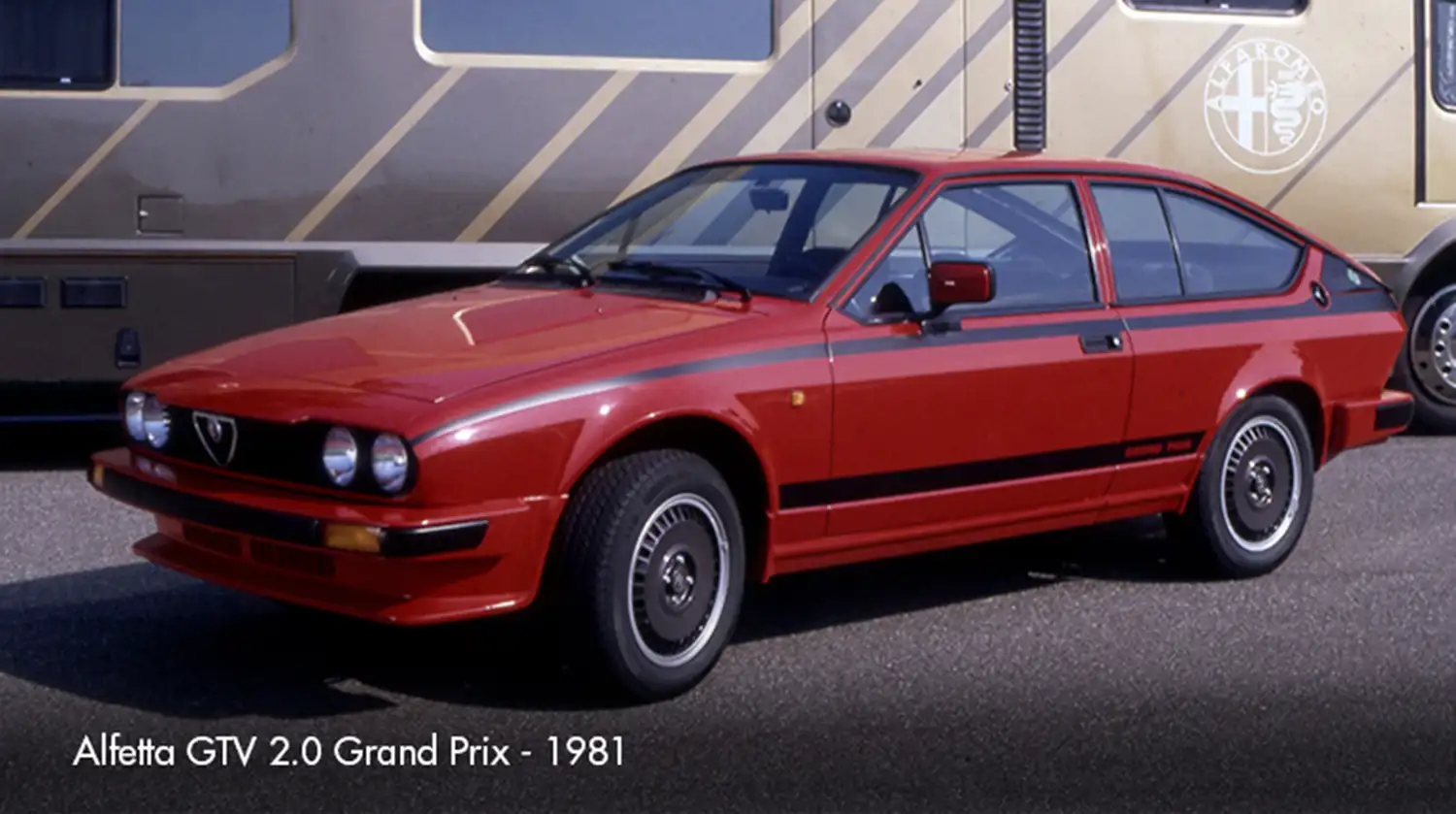
In 1972, Alfa Romeo introduced a sophisticated and modern sedan that would redefine the sports sedan category: the Alfa Romeo Alfetta. This model was groundbreaking both technically and aesthetically, incorporating the innovative transaxle layout and De Dion tube rear suspension. Designed by Alfa Romeo’s Centro Stile, the Alfetta featured minimalistic lines that tapered into a distinctive rear, creating a balance between elegance and performance.
The name “Alfetta” was inspired by Alfa Romeo’s Formula 1 World Champions of 1950 and 1951, particularly Fangio’s 159, which also employed De Dion tube rear suspension. This legacy underpinned the new sports sedan, reflecting Alfa Romeo’s commitment to performance and innovation.
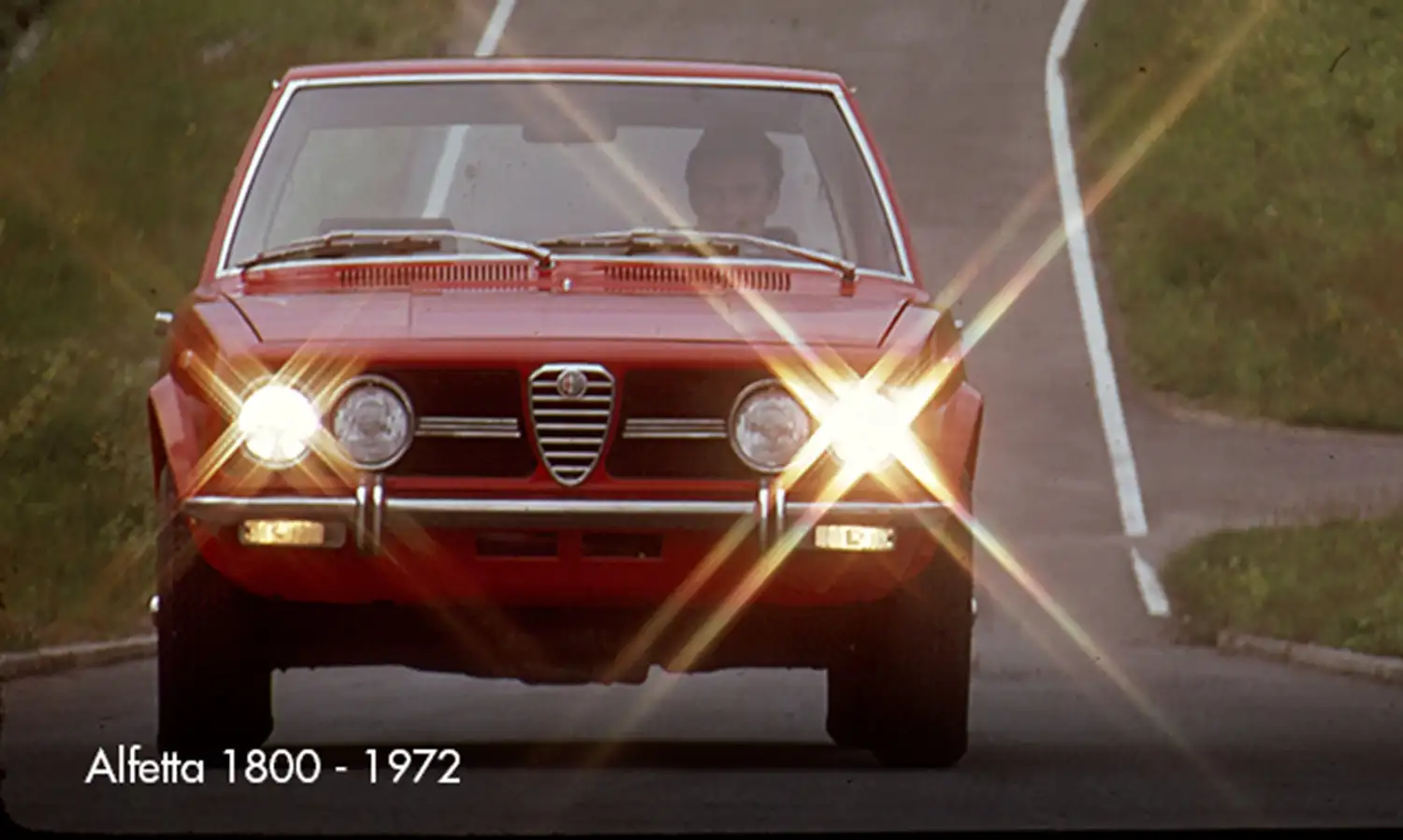
A New Era of Design and Engineering
By the late 1960s, Alfa Romeo sought to build on the success of the Giulia and its successor, the 1750. The goal was to create a medium- to high-end sedan that retained Alfa’s sporty character while offering enhanced comfort and spaciousness. The result was the Alfetta, which featured a revolutionary mechanical architecture, except for its engine—the celebrated four-cylinder twin-cam, now enhanced for greater power.
The Alfetta’s transaxle layout, with the gearbox and clutch located at the rear, provided optimal weight distribution, with 50% on each axle. The De Dion rear suspension, combined with a Watt’s parallelogram linkage and inboard rear brake discs, further improved the vehicle’s dynamics. The front suspension used independent torsion bars, and the rack-and-pinion steering system featured an adjustable steering wheel, ensuring precise handling.
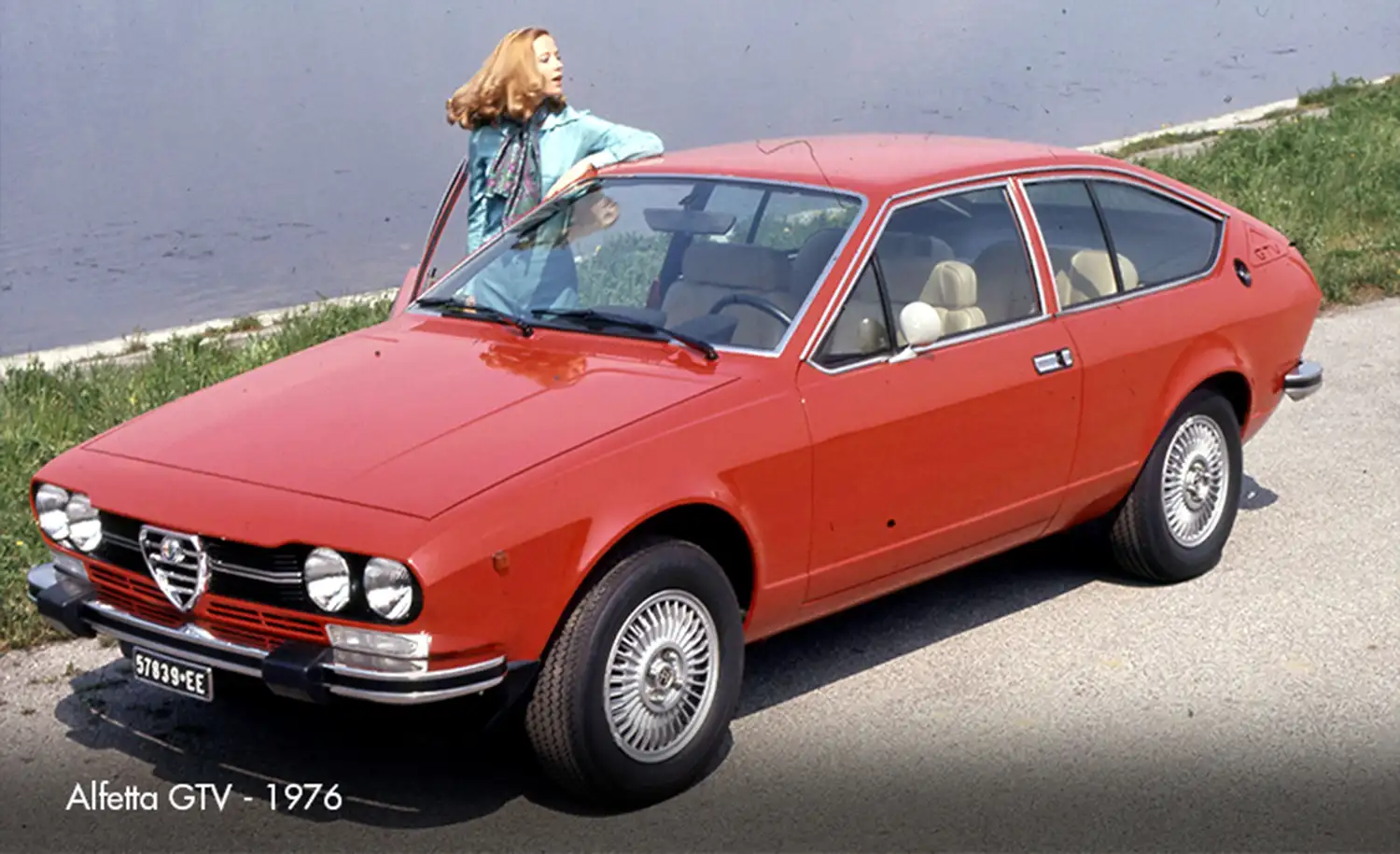
Stylistic Innovation
The early 1970s marked a shift in automotive styling, moving from the curvaceous designs of the 1960s to cleaner, more angular lines. The Alfetta epitomized this new trend with its compact and assertive design. The front end was highly tapered, giving the impression that the wheels were an extension of the body. The waistline was smooth, leading to a pronounced rear section that offered ample space for passengers and luggage.
This design was not just a product of creative vision but also the practical engineering philosophy of Rudolf Hruska, who insisted on a spacious trunk. The Alfetta’s high boot, designed to accommodate four medium-sized suitcases, also improved aerodynamics, making the car more efficient.

Technical Advancements and Evolution
The Alfetta was initially equipped with a 1.8-liter engine, followed by a 1.6-liter and finally a 2.0-liter engine. It was also the first Italian car to feature a turbocharged diesel engine with the Alfetta 2.0 Turbo D in 1979. The pinnacle of its mechanical sophistication was the 1983 Quadrifoglio Oro version, which introduced cam phasing, a world-first technology integrated into the electronic injection system.
The Alfetta name paid homage to Alfa Romeo’s racing heritage, specifically the 158 and 159 models that dominated early Formula One. The car was officially launched in May 1972 near Trieste, receiving praise for both its technical and stylistic innovations.
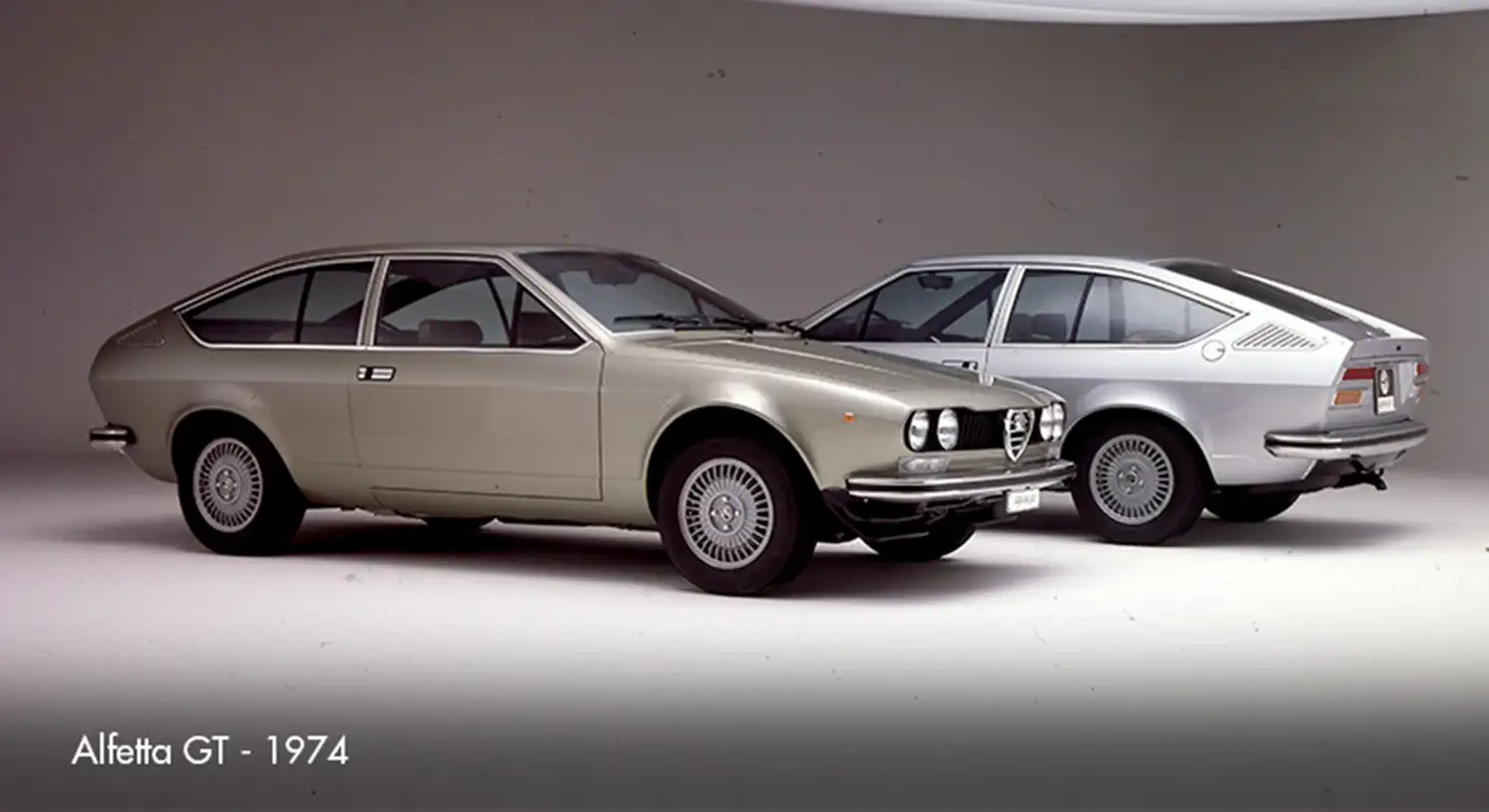
Legacy and Influence
The Alfetta’s impact extended beyond its sedan variant. In 1974, the Giugiaro-designed Alfetta GT was introduced, sharing the transaxle layout in a coupé body. This model became a symbol of Alfa Romeo’s sportiness, leading to the creation of high-performance variants like the GTV 2.0 Turbodelta and the GTV 6.
By the time production ended in 1984, more than 475,000 Alfettas had been made. The Alfetta passed the baton to the Bertone-designed Alfa 90, but its legacy lives on. The Alfetta represented a turning point for Alfa Romeo, marking a new era of innovation that combined tradition with cutting-edge technology.
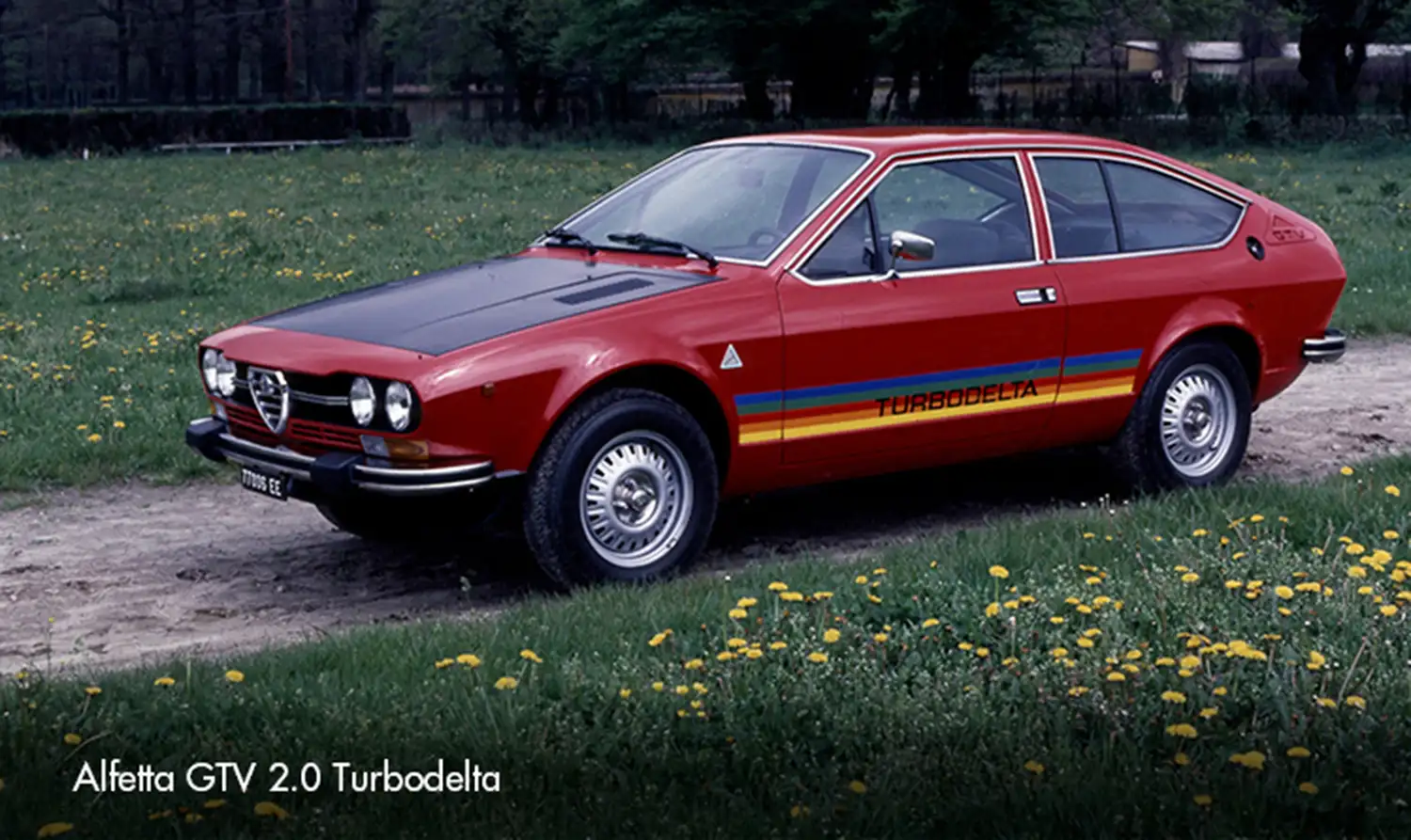
The Museo Storico Alfa Romeo in Arese preserves this legacy, showcasing a first-series Alfetta and Pininfarina’s unique Spider-Coupé prototype, highlighting the car’s enduring influence on automotive design and engineering.
Source: FCA Heritage
This Article use tools from Chatgpt
